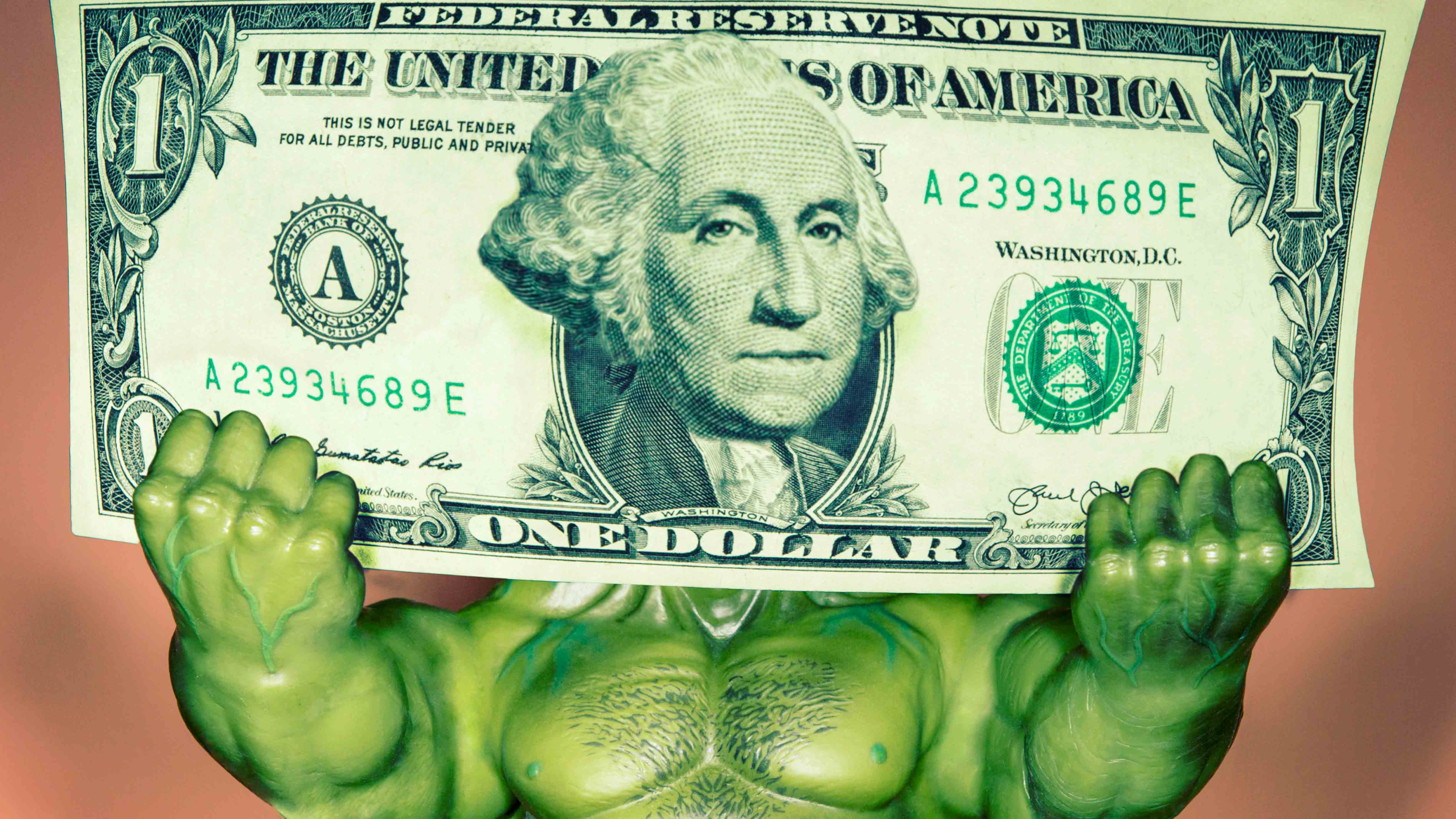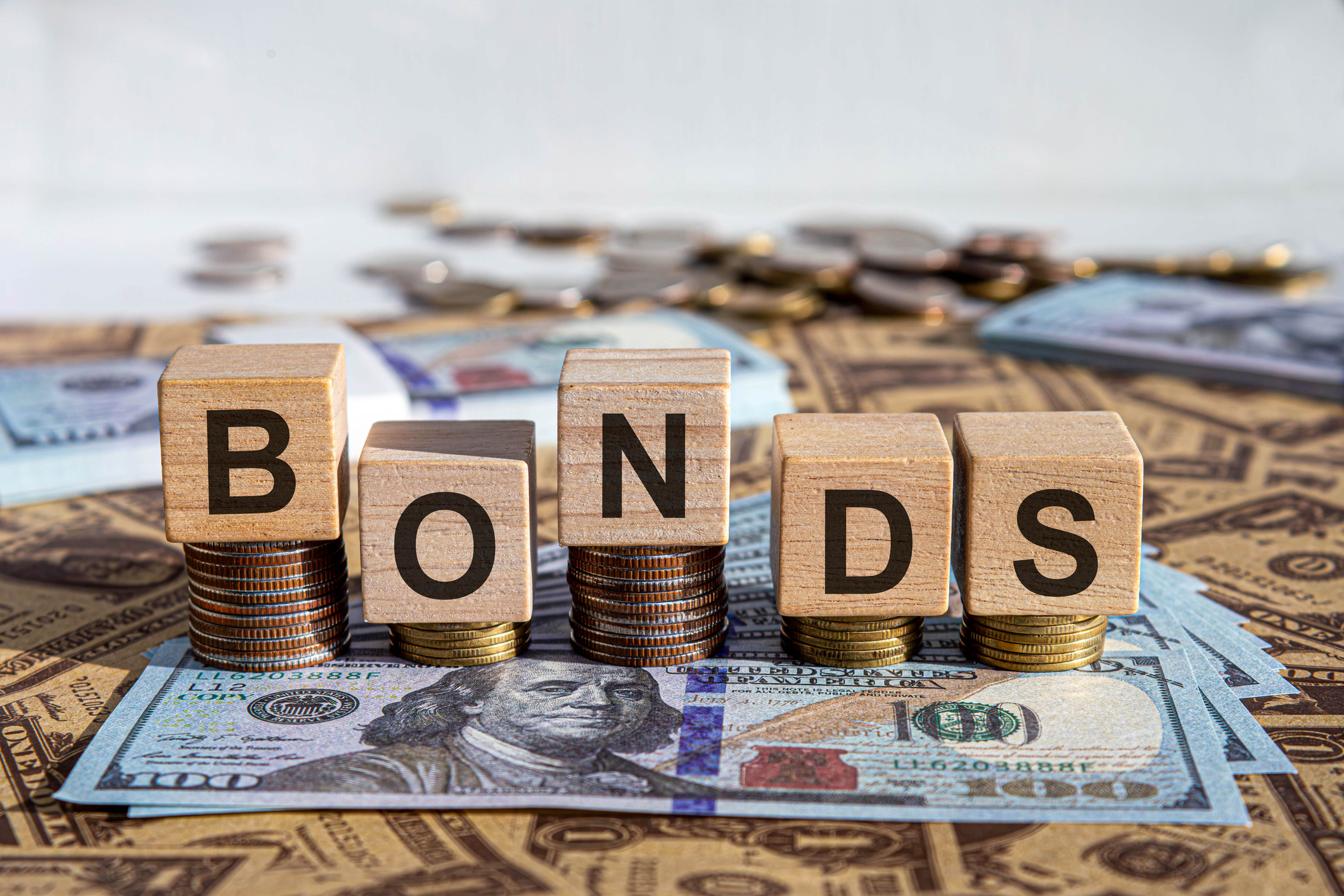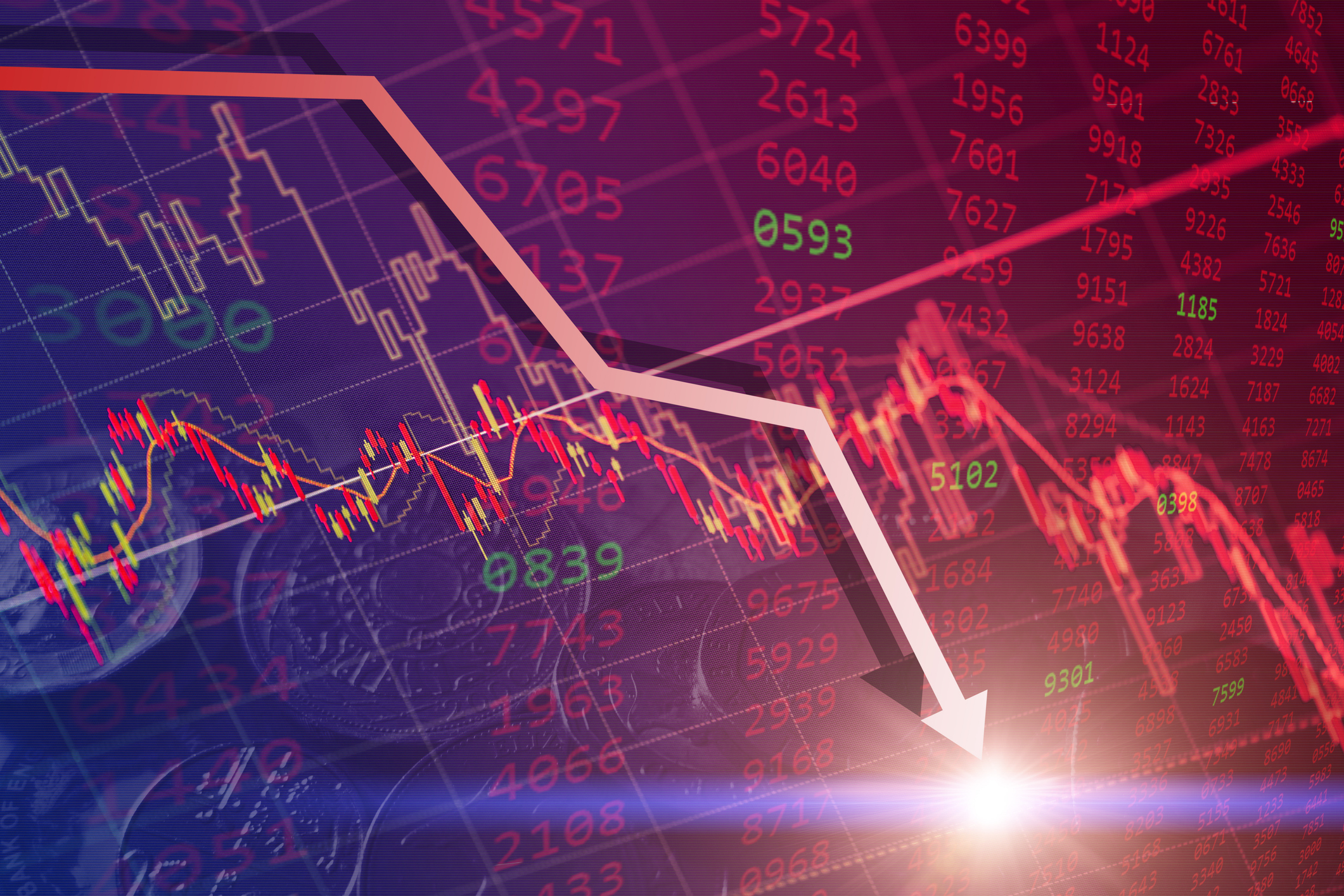What the Strong Dollar Means for Businesses and Investors
The value of the dollar keeps breaking new records, and it’s showing no signs of cooling off.


The U.S. dollar is the strongest it’s been in decades, and it’s showing no signs of cooling off. Given the continuing focus by financial markets on the aggressive monetary policy tightening by the Federal Reserve, the dollar’s strength should continue against most foreign currencies at least until year-end. That has major implications for multinational companies, and for the investors who buy their stocks.
An easing of inflationary pressures and improving global growth conditions are likely needed to bring about a peak in the dollar, conditions that are unlikely to materialize anytime soon. Investors around the world have flocked to the dollar because it is a source of stability amid weak global economic conditions. The greenback has also benefited from the high commodity prices this year stoked by Russia’s war in Ukraine.
Nearly all currencies have fallen against the buck over the past several months. While currencies in emerging markets generally feel pressure when investors flock to the dollar, those of developed countries also have fallen this time. The ICE U.S. Dollar Index, which measures the dollar against a basket of currencies from major trading partners such as Japan, the U.K. and the eurozone, has mounted a steep climb this year. The index is up more than 13% in 2022.
From just $107.88 $24.99 for Kiplinger Personal Finance
Become a smarter, better informed investor. Subscribe from just $107.88 $24.99, plus get up to 4 Special Issues

Sign up for Kiplinger’s Free Newsletters
Profit and prosper with the best of expert advice on investing, taxes, retirement, personal finance and more - straight to your e-mail.
Profit and prosper with the best of expert advice - straight to your e-mail.
The strong dollar will likely have an impact on earnings of many publicly traded companies. Several, including Microsoft (MSFT), IBM (IBM), Nike (NKE), Johnson & Johnson (JNJ) and Philip Morris (PM) have recently highlighted the surging dollar as a factor that weighed on revenues in their second quarter results. Goldman Sachs (GS) estimates that a 10% appreciation in the dollar would reduce earnings by companies in the S&P 500 by 2%-3%. Companies in the S&P 500 index generated 29% of sales outside of the US in 2021. Here’s a rundown of stocks that stand to gain or lose due to the dollar’s strength.
Profit and prosper with the best of Kiplinger's advice on investing, taxes, retirement, personal finance and much more. Delivered daily. Enter your email in the box and click Sign Me Up.

Rodrigo Sermeño covers the financial services, housing, small business, and cryptocurrency industries for The Kiplinger Letter. Before joining Kiplinger in 2014, he worked for several think tanks and non-profit organizations in Washington, D.C., including the New America Foundation, the Streit Council, and the Arca Foundation. Rodrigo graduated from George Mason University with a bachelor's degree in international affairs. He also holds a master's in public policy from George Mason University's Schar School of Policy and Government.
-
 Changes Are Coming for This Invesco Bond Fund
Changes Are Coming for This Invesco Bond FundThe Invesco BulletShares 2026 Corporate Bond ETF's bonds will mature in 2026. Here's what investors should do.
-
 What Science Reveals About Money and a Happy Retirement
What Science Reveals About Money and a Happy RetirementWhether you’re still planning or already retired, these research-based insights point the way to your best post-work life.
-
 7 Retirement Planning Trends: What They Mean for You in 2026
7 Retirement Planning Trends: What They Mean for You in 2026From government shutdowns to market swings, the past 12 months have been nothing if not eventful. The key trends can help you improve your own financial plan.
-
 The Santa Claus Rally Officially Begins: Stock Market Today
The Santa Claus Rally Officially Begins: Stock Market TodayThe Santa Claus Rally is officially on as of Wednesday's closing bell, and initial returns are positive.
-
 'Humbug!' Say Consumers, Despite Hot GDP: Stock Market Today
'Humbug!' Say Consumers, Despite Hot GDP: Stock Market Today"The stock market is not the economy," they say, but both things are up. Yet one survey says people are still feeling down in the middle of this complex season.
-
 Stocks Rise to the Spirit of the Season: Stock Market Today
Stocks Rise to the Spirit of the Season: Stock Market TodayInvestors, traders and speculators are beginning to like the looks of a potential year-end rally.
-
 Nasdaq Leads as Tech Stages Late-Week Comeback: Stock Market Today
Nasdaq Leads as Tech Stages Late-Week Comeback: Stock Market TodayOracle stock boosted the tech sector on Friday after the company became co-owner of TikTok's U.S. operations.
-
 Cooler Inflation Supports a Relief Rally: Stock Market Today
Cooler Inflation Supports a Relief Rally: Stock Market TodayInvestors, traders and speculators welcome much-better-than-hoped-for core CPI data on top of optimism-renewing AI earnings.
-
 The November CPI Report Is Out. Here's What It Means for Rising Prices
The November CPI Report Is Out. Here's What It Means for Rising PricesThe November CPI report came in lighter than expected, but the delayed data give an incomplete picture of inflation, say economists.
-
 Nasdaq Sinks 418 Points as Tech Chills: Stock Market Today
Nasdaq Sinks 418 Points as Tech Chills: Stock Market TodayInvestors, traders and speculators are growing cooler to the AI revolution as winter approaches.
-
 Stocks Chop as the Unemployment Rate Jumps: Stock Market Today
Stocks Chop as the Unemployment Rate Jumps: Stock Market TodayNovember job growth was stronger than expected, but sharp losses in October and a rising unemployment rate are worrying market participants.